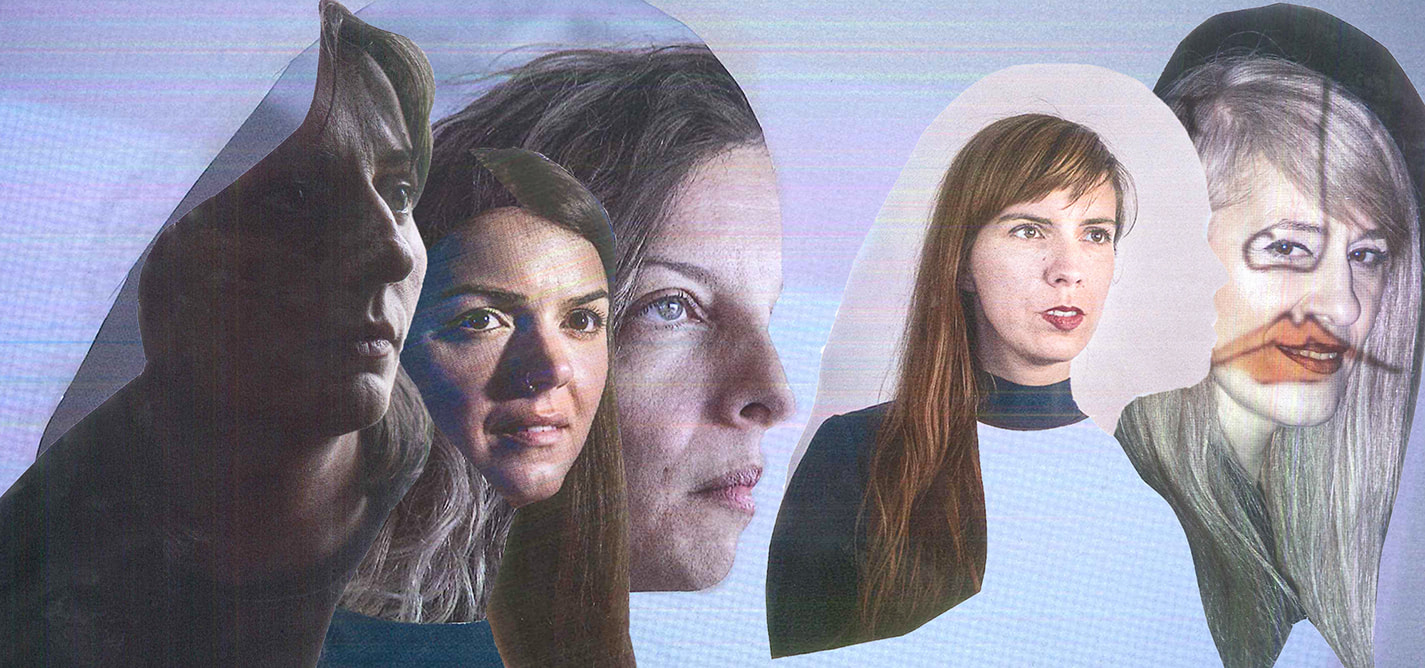
The women shaking up the world of art
Five artists making waves and bringing new narratives.
|02.06.2019
|
She has also undoubtedly helped to bring something else: a female artistic perspective.
During her concerts she owns the stage with a captivating presence, while the audience reads their own family stories in the words.
Independent settings also encourage debate about the themes being explored.
Despite gender inequalities being a constant in Kosovar lives, they are rarely reflected as such in Kosovar cinema.
"Just the existence of four women in the street is rebellion itself.”
Hana Qena, Haveit“After performances with Haveit, the best thing is when young women write to us.”
Hana Qena, Haveit
Dafina Halili
Dafina Halili is a senior journalist at K2.0, covering mainly human rights and social justice issues. Dafina has a master’s degree in diversity and the media from the University of Westminster in London, U.K..
This story was originally written in English.